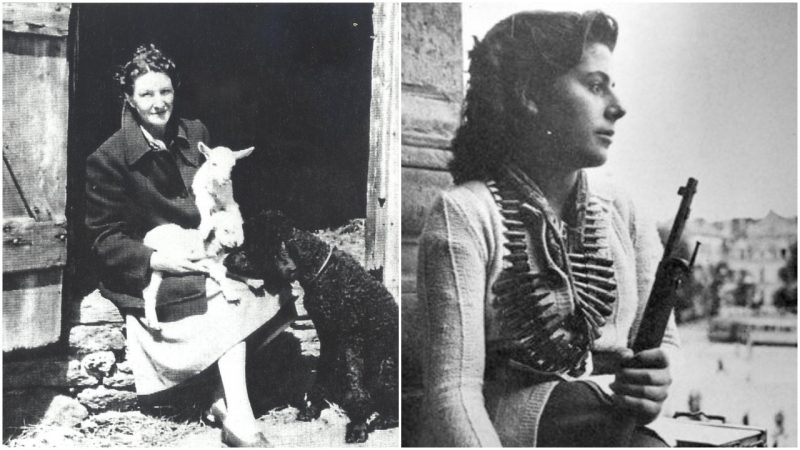Virginia Hall was born into a privileged family in Baltimore in 1906. During WWII, she kept the Gestapo at bay and coordinated both Jedburgh teams and Resistance cells behind enemy lines in France, knowing that her life could end at any moment.
If the Gestapo had broken into where she was working, it was highly unlikely that Hall could have gotten away – she had a wooden leg.
Hall didn’t have to do this type of work. At the time she was born, not much was expected from upper-class women. They might go into teaching of some kind or organize local charities. Perhaps, if she were a loner, she might become a poet or locally known artist.
Of course, there were exceptions to this informal rule, the biggest one being the First Lady of the United States, Eleanor Roosevelt, who came from a similar background.
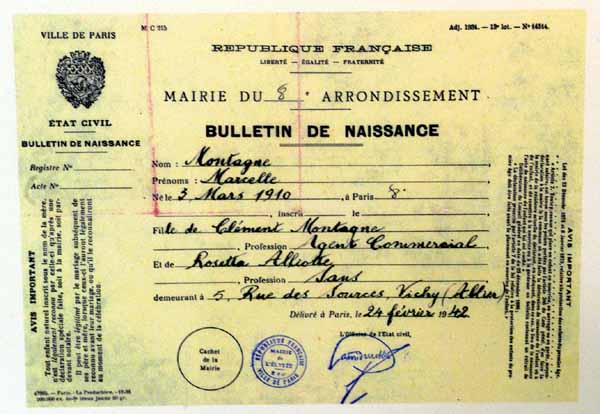
Virginia Hall was another of those exceptions. Extraordinarily smart, she attended the prestigious women’s colleges of Radcliffe and Barnard where she studied French, Italian, and German. She was quite fluent in French and more than proficient in the others.
She asked her parents to send her to Europe to finish her studies in 1930 and she traveled through France, Austria, and Germany. She then secured a job in Warsaw at the American Embassy in 1931.
The exposure she got to the languages, culture, and the experience of working in governmental and bureaucratic circles would pay off during the war.
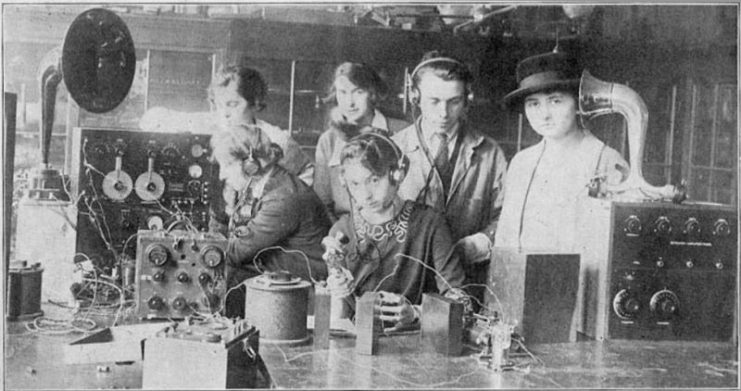
Unfortunately for Virginia, during a visit to Turkey in 1932, she had a hunting accident. She shot herself in the left leg, and it had to be amputated from the knee down. She was given a wooden leg which she used for the rest of her life.
Of course, there had to be times when she was shaken and depressed by the loss of her leg, but if she was, it rarely showed. As a matter of fact, she nicknamed her wooden leg “Cuthbert.”
Unfortunately, the injury made an advanced career in the diplomatic corps an impossibility at the time, and she resigned from the State Department in 1939.
She came back home for a brief period to continue her studies, but the coming of the war brought out her humanitarian spirit and love for France. She volunteered for the Ambulance Service of the Red Cross and was in France during the German invasion.
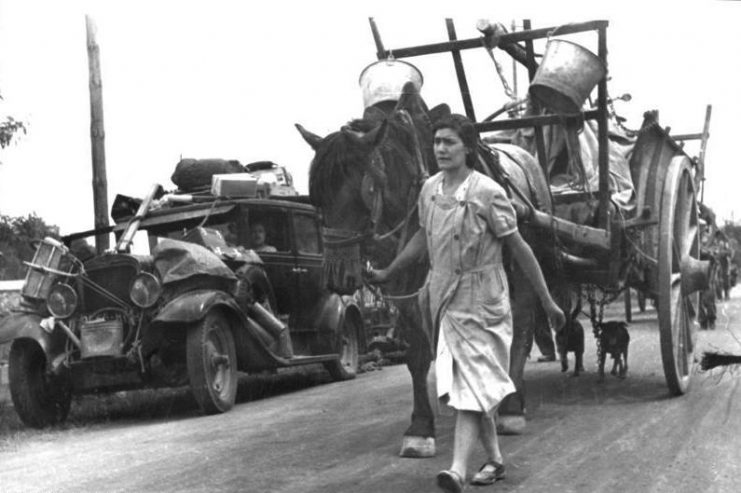
When France surrendered, Hall was in Vichy-controlled territory and that made it easier for her to get to England, where she volunteered for a new force: the Special Operations Executive (“SOE”). Churchill had instigated the SOE to “Set Europe Ablaze” with sabotage, assassination, and other acts of resistance and irregular warfare.
In the summer of 1941, after her training, Hall was sent back into Vichy France where her language skills and knowledge of the country would come in useful. She was to help coordinate the activities of the Resistance in Vichy with that of the Resistance in German-occupied France.
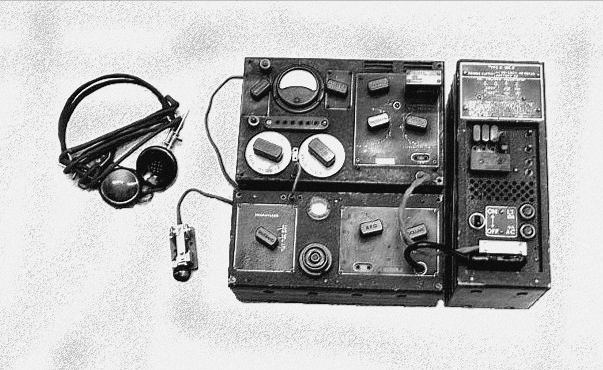
Although she could speak French very well, America was a neutral country at the time, so it was easier and more convenient for Hall to take on the cover of a correspondent for the New York Post. This allowed her more travel than normal people, and gave her access to people of power and influence.
She gained contacts and knowledge and was able to get a full sense of what was going on in the country. Of course, all of this she reported back to England, where it was added to the growing amount of intelligence being gathered to use against the Nazis and their collaborators.
Though America was officially at war with Vichy after the Pearl Harbor attacks, most Americans in the territory went unmolested. However, in November 1942, the Germans occupied Vichy as well. This caused Hall to make her way to Spain.
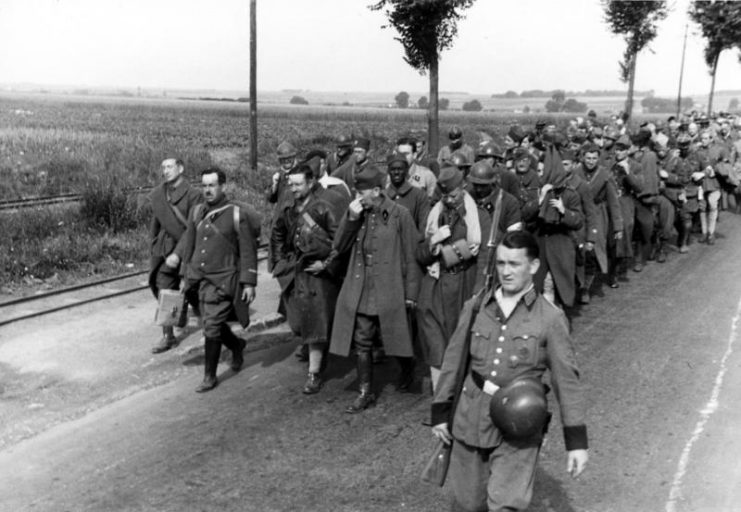
By this time, the Gestapo, which had been working in Vichy, had an inkling that Hall was much more than a correspondent and wanted to “talk” to her. Both the Germans and the Vichy French had nicknamed her “The Lady who limps,” and were on her trail. She barely made it to Spain ahead of them.
On her way out of France, she sent a signal to the SOE telling them that she hoped “Cuthbert” wouldn’t hinder her escape. The SOE handlers in London didn’t know about “Cuthbert” and assumed it was a code-name they had overlooked. It was war, so the SOE returned the message: “If Cuthbert troublesome – eliminate him.”
Hall worked for the SOE in Madrid for a time and returned to England in July 1943.
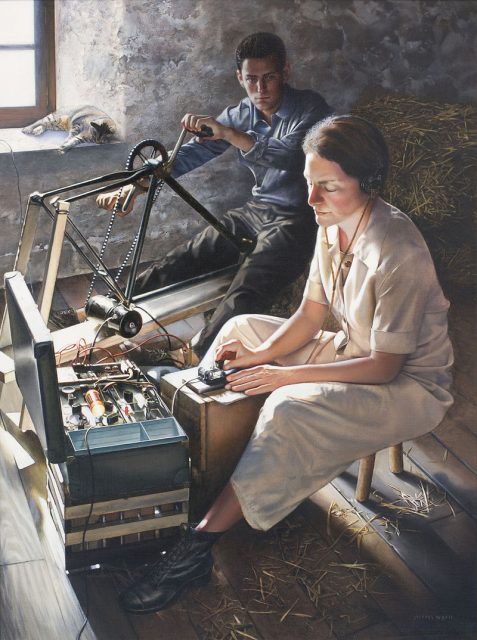
By the spring of 1944, American forces were massing in England for Overlord, and Hall transferred to the Office of Strategic Services (“OSS”), the forerunner of the CIA. Her experience made her quite valuable to the nascent American organization, and they sent her into France to work behind enemy lines in preparation for the invasion.
Unlike many other OSS agents, Hall was not parachuted in — parachuting with one leg was not a good idea. Instead, she was dropped off by a British Motor Torpedo Boat on the coast of Brittany in the dead of night – alone.
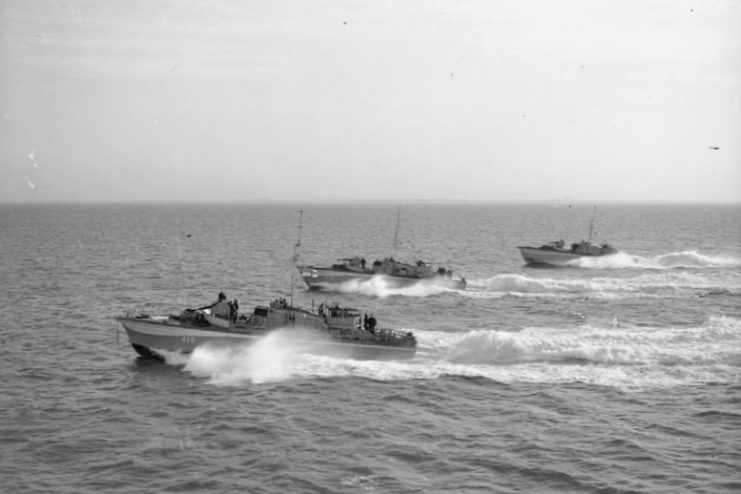
Hall made her way to central France under the identity of “Marcelle Montagne.” Her code-name was “Diane.”
During the run-up to D-Day and afterward, Hall mapped drop zones for the famous “Jedburgh” teams made up of three men to work behind enemy lines and create havoc as well as gather intelligence and coordinated the Resistance with Allied forces.
The teams were made up of one of each of the OSS, SOE, and French Underground. Hall had ties to them all, making her extremely valuable and effective.
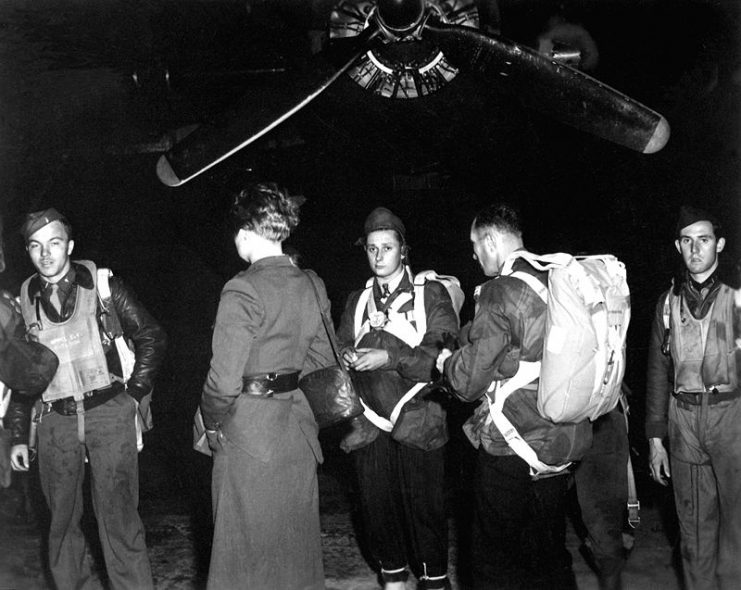
She continued to operate from central France after the invasion, helping to train three battalions of Resistance fighters in irregular warfare and reporting on German movements. This she continued until the front lines caught up with her in the fall of 1944.
In 1945, she was awarded the Distinguished Service Cross by General William Donovan, the only one awarded to a civilian woman during the war.
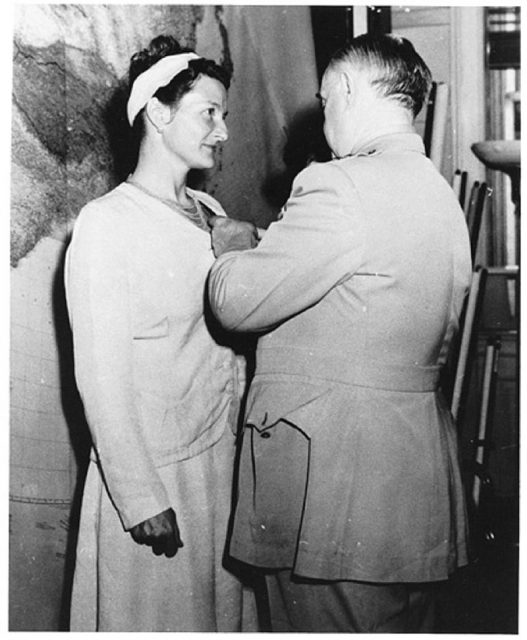
Read another story from us: Nurse, Spy, Guerrilla Leader – Remembering First Lt. Manuela Orquejo
Many, including President Truman, wanted the award ceremony to be public, but Hall demurred, saying she was still working for the OSS and did not want her face in the public eye. She was later made an Honorary Member of the British Empire (“MBE”).
Hall continued working in intelligence until 1966. She and her husband, also a former OSS member, worked for the CIA in France, gathering information on events in that country. She passed away in 1982.
